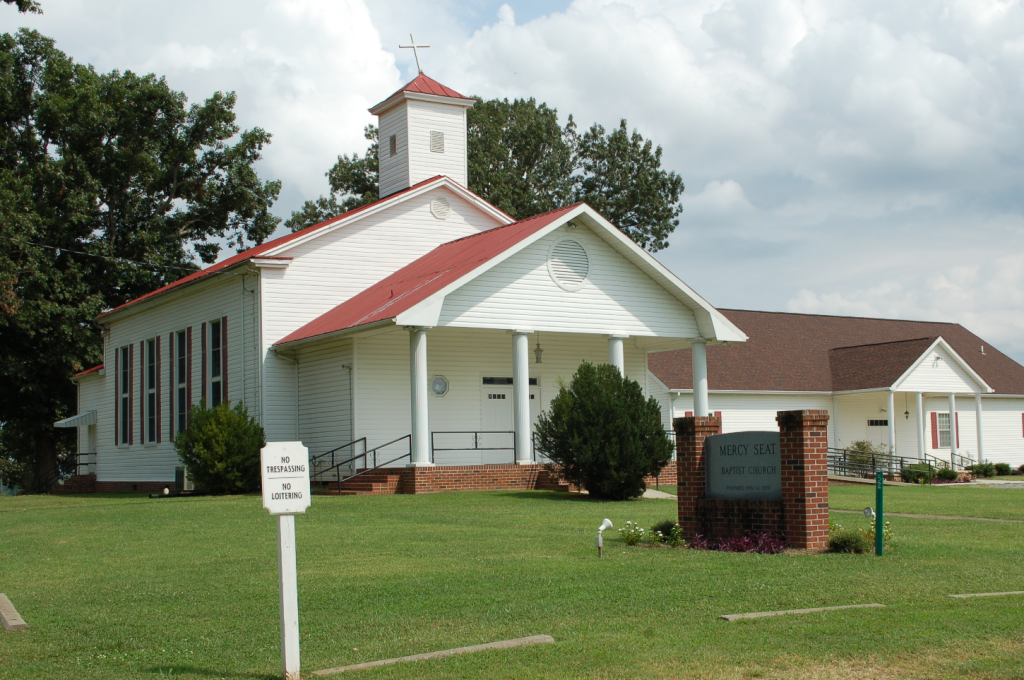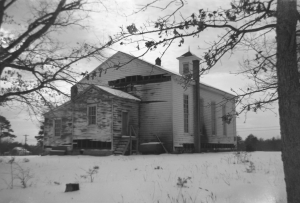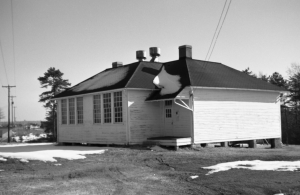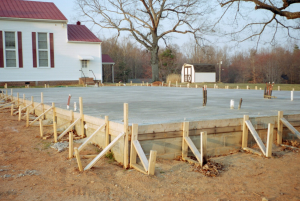A history of Mercy Seat Baptist Church
Published 10:25 am Tuesday, March 29, 2016

- Mercy Seat Baptist Church in 2013. The fellowship hall is on the right.
Dr. Ray A. Gaskins
Professor Emeritus H-SC
Soon after the close of the Civil War, African-Americans in the Prince Edward Court House (now Worsham) area formed what was then called a “Colored Baptist Church Congregation.” They did not have a church building, so they met wherever they could — in homes, in barns, or, in good weather, outside. They took up collections and saved their money. By late 1870 they had saved enough to purchase a piece of land upon which they could build a church.

Mercy Seat Baptist Church just after the Dec. 8, 1962, fire. The missing siding was removed by Hampden-Sydney firemen so that water could be applied to the flames. When the building was repaired, the brick chimney on the right was removed and a basement was dug under the building. (Virginia Commonwealth University)
Trending
“This Deed made this 14th day of November 1870 between A.R. Venable, Exor. of Wm. H. Venable dec’d, of the one part, and Samuel Brown, Dennis Evans, Maurice West, Elisha Jackson and John Hill, Trustees of the Congregation of the Colored Baptist Church at or near Prince Edward (Court House) Va., who were this day appointed according to law by the Circuit Court of said County, of the other part witnesseth, that in consideration of the sum of fifty dollars. …” Thus begins the deed from Deed Book 30, Page 81, which conveyed three and three-fourths acres of “Slate Hill” land to the trustees of what would become Mercy Seat Baptist Church (1870).
William Henry Venable (1798-1856) was the fourth in a long line of Venables who owned “Slate Hill” and is buried in the family cemetery there. The old entrance to “Slate Hill” is just across Route 604 from Mercy Seat and leads to the cemetery. Andrew Reid Venable (1830-1913) was the son of William, so it is natural that he should be his executor. Andrew is buried in the old cemetery at College Church.
Of the original trustees of the congregation, only Samuel Brown (1832-1895) is known to be buried in the Mercy Seat cemetery. As is befitting a founder, his impressive tombstone is the oldest in the cemetery. When viewed from above, these three men’s graves, in three different cemeteries, form a straight line.

In December 1962, the old Mercy Seat Elementary School, pressed into service as a temporary church. It is now the home of Granny B’s Market. (Virginia Commonwealth University)
Not long after this property was purchased, $1,400 was raised and John Beasley, Walker Crawley and John Hill built the first church. Why it was named “Mercy Seat” is a mystery that is easily solved. The “mercy seat” was the lid that covered the Ark of the Covenant. The mercy seat itself was made of pure gold and is thought by some scholars to have been constructed in 1491 BC.
It was the place where the blood of sacrifice was sprinkled; thus it is a place of atonement. Since a church is a place of atonement, Mercy Seat is a perfect name for a church. Thus 1870 is the year the property was acquired, not the year the church was built.
Trending
The Rev. John W. White (1827-1902) was called from Petersburg, after the Civil War, to become the first pastor of the First Baptist Church of Farmville (1867). When his term ended in 1872, rather than return to Petersburg, he decided to stay and become the first pastor of Mercy Seat Baptist Church. It was he who christened Mercy Seat and set the stage for the pastors who followed him: W.L. Fowlkes, Peter Price, C.C. Campbell, P.C. Smith, J.H. Harvey, A.B. Bland, A.A. Womack, B.H. Agnew, L.A. Wilson, A.J. Sherrill, Paul F. Spraggs and Walter Fells. Rev. White died in Farmville on Tuesday, Sept. 23, 1902. His obituary claimed that he was “the first colored preacher to ever occupy a pulpit in this town.” He was also the first pastor of Cornerstone Baptist Church (1868) in Cumberland. His funeral was held at First Baptist Church in Farmville but we do not know where he was buried.

The foundation for the Mercy Seat Church Fellowship Hall was poured in 2006. The construction supervisor was the only paid worker on this project. All of the other workers were volunteers.
In 1962 a fire destroyed the pastor’s study and most of the church records at Mercy Seat. While the church was being repaired, the congregation was allowed to use the old Mercy Seat Elementary School, which had been closed since 1959. Rebuilding the pastor’s study led to many changes, including indoor toilets and a basement.
In the 1990s major renovations were implemented, including vinyl siding, expanding the front of the church, updating the air conditioning and making the church handicap accessible.
In 2006, Mercy Seat began work on a fellowship hall. They went through the usual process of having drawings made and soliciting bids but they ultimately built it for half of the lowest bid by using volunteer labor, including several volunteers from Hampden-Sydney College’s Department of Building and Grounds. The only paid position was that of construction supervisor. Everyone else worked for free. Their next big project is to pave the gravel parking lot. With luck, that should be done this year.
There has always been a close bond between this little church and Hampden-Sydney College. Indeed, some of H-SC’s best and most memorable employees were members of Mercy Seat, e.g., Stokes Brown (1843-1939) and Reginald “Reggie” Smith (1912-1990). Even the beloved Francis “The Axman” Randolph (1913-1997) was a member. All three are buried here.
NB: The Rev. John W. White was a man of means in his own right. He was on the Farmville Town Council in 1873 and owned a home in Farmville, a farm in Prince Edward County and property in Lynchburg and Petersburg. And it was he who ordained the renowned The Rev. Jacob B. Randolph (1859-1937), who followed him as pastor of Cornerstone Baptist Church in 1888.





